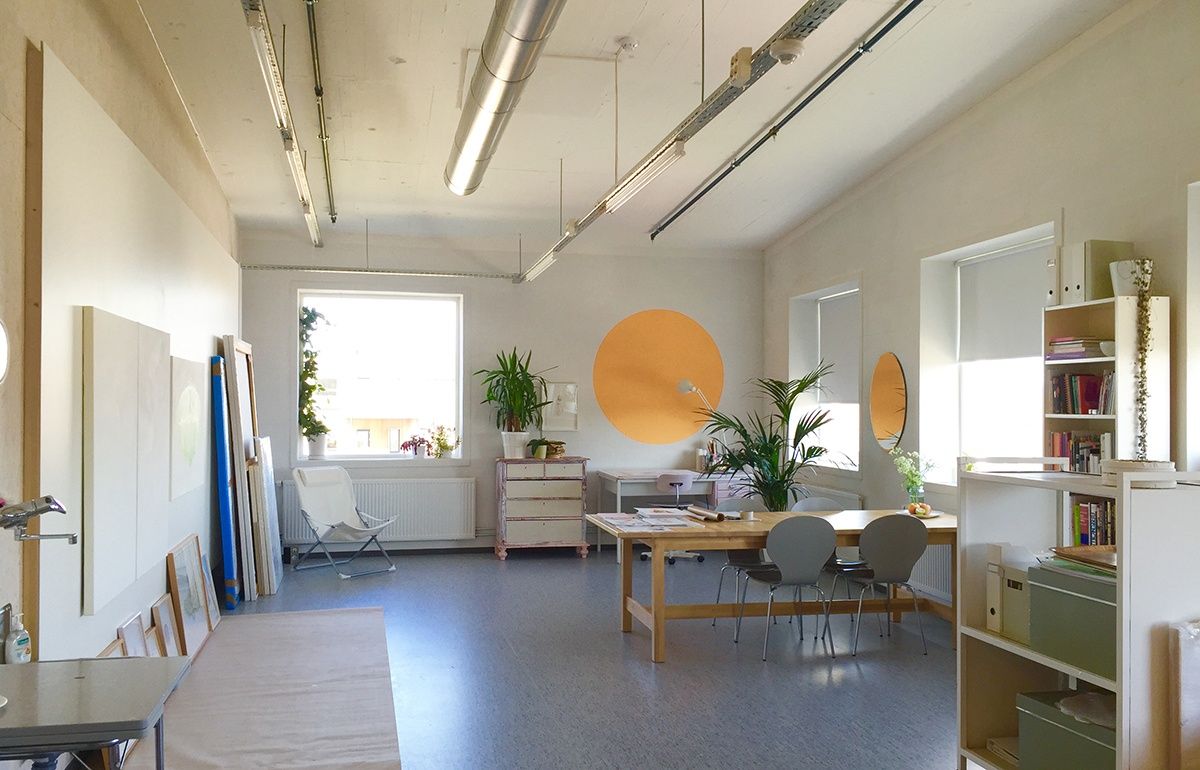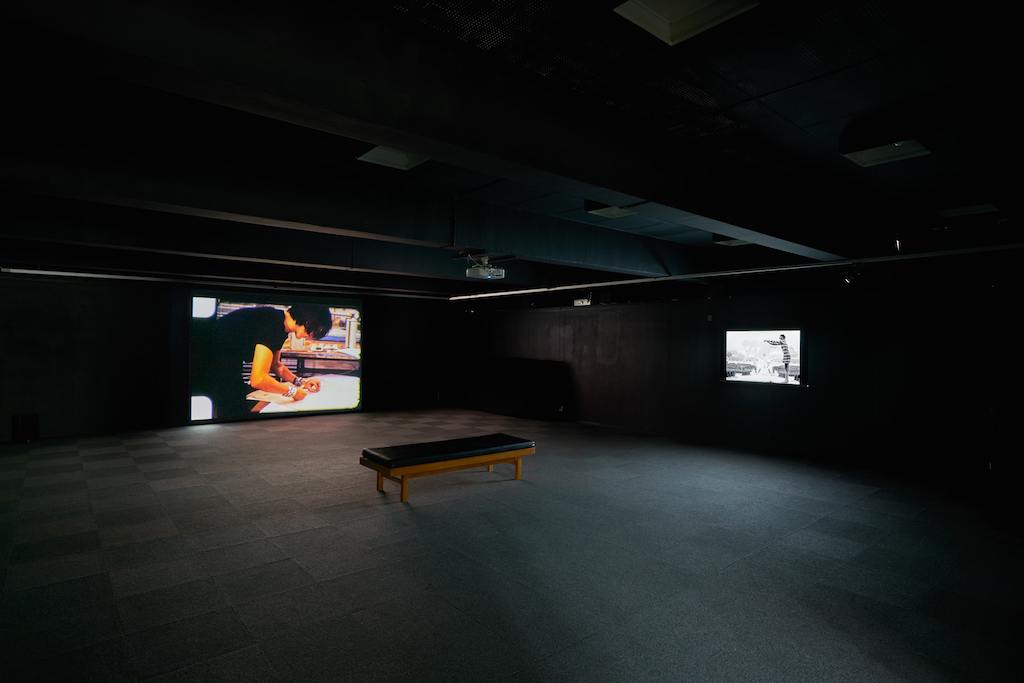And here, we see instead an opportunity for women to fill in an occupation not currently regarded as appealing by men, who still hold the majority of the economic capital and social agency even in this prosperous city, in a country that has gone to some lengths to consider the professional desires of women. As a local artist reminded me, making it in art tends to be an occupation of “going all in” and men still have more options to do that, both because of sexism and the ongoing expectation of women to care for children and home. Many people I spoke with noted that male artists from Stavanger often move to larger cities in Norway, to Oslo and Bergen, where gallery representation is still dominated, if not as starkly as in the past, by men. Or they move even further afield to international art hubs. Despite artist association membership outside of the larger cities favoring women, the more prominent galleries of Oslo and Bergen have a gender dynamic closer to those of the US.
In a local community where contemporary art is less valued and sexism maintains a hold - but where there is a measure of wealth and financial stability - there potentially opens a double-edged opportunity for women artists and cultural producers. Without as many men competing in the local scene, what support there is can be used by women, whether as artists themselves, or to use that agency to bring less obvious international artists, curators, and critics into the local fray. Marginality is also a weapon in the fight against marginality. It might be that the percentage of women represented, whether as artists or curators, reinforces an environment more conducive to supporting female artists. As artist Siri Borge told me, “the reason I’m here is partly because of the abundance of women in the art scene. It does have its benefits. Sisterhood and all that.” This is not to paint a picture of total camaraderie, or to overstate an idea of community brought about by gender alone - the city is not without its art scene antagonisms, which any local reading this will surely acknowledge.
As this scene built by women grows, and Stavanger becomes more important as a location for the production and exhibition of contemporary art (which to me seems like something of a slow inevitability, as long a the oil is there, and as long as Norway itself plays a more prominent role in showcasing international art and exporting Norwegian artists) even as the contemporary art market in Stavanger grows, there is an already established system of women taking charge. It seems possible that with a particular combination of characteristics, there could be a local insulation from the increased inequality that commonly attends that growth. There are unique possibilities in not rushing to the center. Reporting from New York, I’m saying: nurture this.
*With thanks to the many Stavanger artists and curators who fielded my questions in researching this piece.





